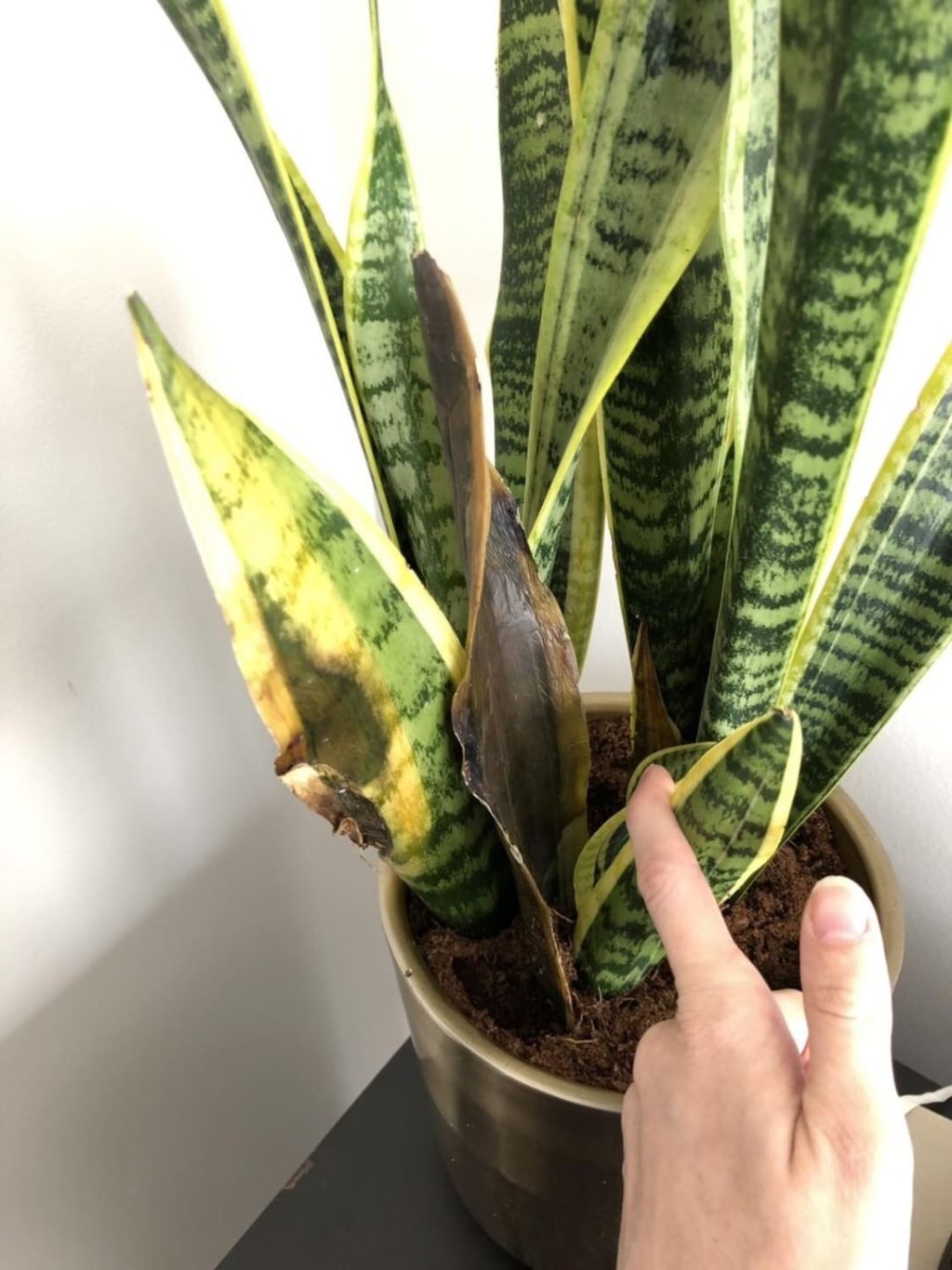The Facts About Snake Plant Leaves Turning Yellow Revealed
Table of ContentsThe 2-Minute Rule for Snake Plant Leaves Turning YellowSnake Plant Leaves Turning Yellow - An OverviewThe smart Trick of Snake Plant Leaves Turning Yellow That Nobody is Talking AboutThe Ultimate Guide To Snake Plant Leaves Turning Yellow3 Simple Techniques For Snake Plant Leaves Turning Yellow
The court is still out on exactly how efficient it is in purifying the air, yet I still have one in almost every room This special plant is a great starter plant and with its simple care, you can not fail with it! In this blog post, I wished to share some ideas on looking after your sansevieria.Initially, serpent plants like well draining pipes dirt. Stay clear of small dirt because this type of dirt will certainly hold even more moisture and can bring about root rot. Origin rot is when the dirt gets waterlogged. If the plant remains damp for also long, the roots can rot and at some point, your plant will pass away.
These plants are really comparable to cacti when it comes to their care. One of the primary points that will maintain your plant from root rot is well draining pipes dirt.
This will certainly make your plant vulnerable to parasites or other organisms discovered outdoors. I did this once and discovered my lesson extremely quickly and brought in added little critters that were hazardous to my plant.
A Biased View of Snake Plant Leaves Turning Yellow
Terra cotta pots aid with preventing root rot too. The plant will dry a lot quicker in a terracotta pot because the clay wick's water is from the dirt. I have some plants in decorative earthenware pots that are not terracotta too, but they all have a drainage hole at the base.
I like to get a pot that offers my new plant regarding 2 inches of development space around the whole diameter of the pot. This provides the plant area to grow but it's still a bit snug. Replanting your sansevieria in also huge of a pot means a lot more soil, resulting in more time to dry out, which can result in root rot.
If you have a pot on a wood flooring or timber surface area, just ensure you position a plate or impermeable product under the pot to protect the pot from wrecking your surface. The wonderful point about sansevieria is that it can manage diverse illumination situations. The plant will certainly expand better in intense light (near a window in your home), but it can handle a darker corner in your home.
At my child's institution, there is an absolutely attractive sansevieria in a space with no windows! The only light is fluorescent light bulbs that are switched on throughout the day. It's incredible to see this plant thrive in what seems poor lights problems. It really is an extremely versatile plant! I have sansiervieras around my home and every one remains in a various lights circumstance.
The 9-Second Trick For Snake Plant Leaves Turning Yellow
I discover the more I fail to remember concerning my serpent plant, the better! Only water when the soil is completely dry.
If there is a little wetness in the soil, then I will certainly inspect it again in a week. Exactly how your plant holds dampness will depend upon where you live. If you reside in a dryer climate, then it will dry out faster, or if you stay in a moist environment, then it will hold water longer.
Watering on rainy days keeps my plants soaked and they take longer to dry out. In wintertime, I taper off watering and water about every 4 weeks.
I don't soak my plants with water you could try these out as a result of the risk of origin rot. I prefer to under water than over water them. Sansevierias do not like their fallen leaves to be damp, so when you water, simply put the water on the soil and attempt to avoid getting any water on the leaves.
Everything about Snake Plant Leaves Turning Yellow

Fluoride and chlorine can accumulate in your sansevieria, so this technique of leaving your water out will certainly pay off over time. Making use of filtered water or collected water is a fantastic option too! Dusting the fallen leaves is a fantastic routine that your sansevieria will thank you for.

As the roots make their escape and grow, they will certainly need continuous call with the dirt, so do not allow your plant dry too much when Discover More Here you are attempting to multiply. I'll examine my fresh propagated fallen leaves and provide more attention than common. If the dirt has ended up being bone completely dry, then I will give them a good soak in water.
Get This Report about Snake Plant Leaves Turning Yellow
In addition to being unbelievably simple to expand, serpent plants have a number of health advantages, consisting of filtering system interior air, eliminating hazardous pollutants, and boosting mental wellness. Numerous household plants are purposefully placed for design and to maintain feng shui.

Their fallen leaves contain a toxin that can trigger swelling and numbness on the tongue if consumed in large dosages. It's a good idea to keep this plant far from children and animals who are vulnerable to nibbling. The serpent plant, typically referred to as mother-in-law's tongue, is a durable succulent that can grow anywhere between 6 inches to a number of feet.
What's special concerning this specific plant is that it's one of the few plants that can transform carbon dioxide (CO2) into oxygen at evening. This quality makes it an ideal plant for bedroom decoration, considering that it can aid control healthy air flow - Snake Plant Leaves Turning Yellow. Snake plants are also understood for their ability to assist remove harmful air contaminants